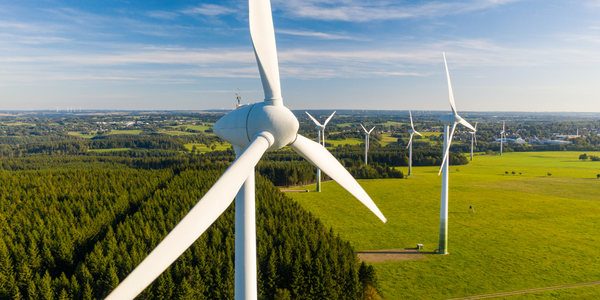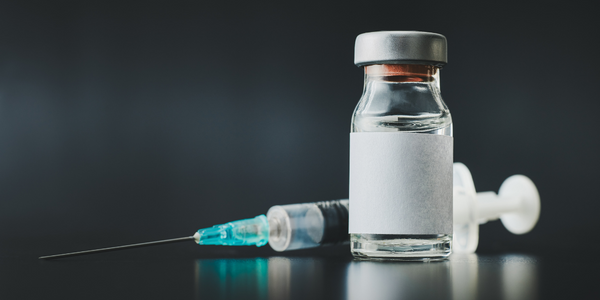技术
- 应用基础设施与中间件 - 数据交换与集成
- 应用基础设施与中间件 - 中间件、SDK 和库
适用行业
- 可再生能源
- 电信
适用功能
- 产品研发
服务
- 系统集成
关于客户
澳大利亚无线电塔 (ART) 是一家工程、制造和施工公司,总部位于澳大利亚 Murwillumbah NSW 2484。该公司为澳大利亚开发项目提供服务,专门从事独立式塔、拉网桅杆和便携式太阳能发电站的设计、制造和安装。 ART 致力于为可再生能源领域提供市场领先的工程解决方案。该公司的团队包括高级绘图员 Leon Worsley,他在决定改用 BricsCAD 作为公司首选 CAD 平台的过程中发挥了关键作用。
挑战
澳大利亚无线电塔 (ART) 是一家工程、制造和施工公司,其现有设计软件面临着挑战。该公司设计、制造和安装独立式塔架、拉索网格桅杆和便携式太阳能发电站,在 AutoCAD 和 Solidworks 之间的集成方面遇到了困难。这导致效率低下,并阻碍了公司向可再生能源领域提供市场领先的工程解决方案的能力。该公司需要一种解决方案,使他们能够在 2D、3D、机械组件和 BIM 之间无缝移动。
解决方案
ART 决定将 BricsCAD 作为其首选 CAD 平台。这一决定背后的关键驱动因素是物有所值、.dwg 技术集成以及 BricsCAD 提供的单一产品系列的易用性。过渡到 BricsCAD 的过程非常顺利,ART 的高级绘图员 Leon Worsley 和他的团队在短短几天内就熟悉了新平台。Bricsys 帮助中心根据需要提供支持,进一步促进了转换并确保团队能够有效地使用新平台来满足他们的各种设计需求。
运营影响

Case Study missing?
Start adding your own!
Register with your work email and create a new case study profile for your business.
相关案例.

Case Study
Remote Monitoring & Predictive Maintenance App for a Solar Energy System
The maintenance & tracking of various modules was an overhead for the customer due to the huge labor costs involved. Being an advanced solar solutions provider, they wanted to ensure early detection of issues and provide the best-in-class customer experience. Hence they wanted to automate the whole process.

Case Study
Vestas: Turning Climate into Capital with Big Data
Making wind a reliable source of energy depends greatly on the placement of the wind turbines used to produce electricity. Turbulence is a significant factor as it strains turbine components, making them more likely to fail. Vestas wanted to pinpoint the optimal location for wind turbines to maximize power generation and reduce energy costs.

Case Study
Siemens Wind Power
Wind provides clean, renewable energy. The core concept is simple: wind turbines spin blades to generate power. However, today's systems are anything but simple. Modern wind turbines have blades that sweep a 120 meter circle, cost more than 1 million dollars and generate multiple megawatts of power. Each turbine may include up to 1,000 sensors and actuators – integrating strain gages, bearing monitors and power conditioning technology. The turbine can control blade speed and power generation by altering the blade pitch and power extraction. Controlling the turbine is a sophisticated job requiring many cooperating processors closing high-speed loops and implementing intelligent monitoring and optimization algorithms. But the real challenge is integrating these turbines so that they work together. A wind farm may include hundreds of turbines. They are often installed in difficult-to-access locations at sea. The farm must implement a fundamentally and truly distributed control system. Like all power systems, the goal of the farm is to match generation to load. A farm with hundreds of turbines must optimize that load by balancing the loading and generation across a wide geography. Wind, of course, is dynamic. Almost every picture of a wind farm shows a calm sea and a setting sun. But things get challenging when a storm goes through the wind farm. In a storm, the control system must decide how to take energy out of gusts to generate constant power. It must intelligently balance load across many turbines. And a critical consideration is the loading and potential damage to a half-billion-dollar installed asset. This is no environment for a slow or undependable control system. Reliability and performance are crucial.

Case Study
Remote Monitoring and Control for a Windmill Generator
As concerns over global warming continue to grow, green technologies are becoming increasingly popular. Wind turbine companies provide an excellent alternative to burning fossil fuels by harnessing kinetic energy from the wind and converting it into electricity. A typical wind farm may include over 80 wind turbines so efficient and reliable networks to manage and control these installations are imperative. Each wind turbine includes a generator and a variety of serial components such as a water cooler, high voltage transformer, ultrasonic wind sensors, yaw gear, blade bearing, pitch cylinder, and hub controller. All of these components are controlled by a PLC and communicate with the ground host. Due to the total integration of these devices into an Ethernet network, one of our customers in the wind turbine industry needed a serial-to-Ethernet solution that can operate reliably for years without interruption.

Case Study
Temperature monitoring for vaccine fridges
Dulas wanted a way to improve the reliability of the cold chain, facilitating maintenance and ensuring fewer vaccines are spoiled. Dulas wanted an M2M solution which would enable them to record and report the temperature inside vaccine refrigerators.








